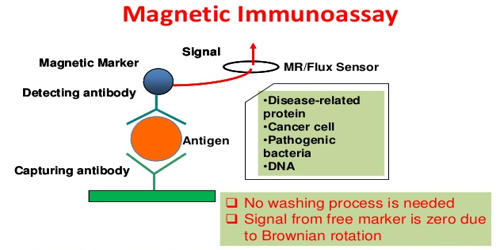Bioactive paper is a type of paper that has been changed to have certain biological functions or qualities. It is a paper-based sensor that can detect various pollutants in food and water. These alterations can involve the incorporation of biologically active substances such as enzymes, antibodies, or nucleic acids onto the paper surface. Bioactive paper research began in 2009 and was awarded a 5-year grant totaling $7.5 million CAD in 2011.
The goal is to build a platform capable of performing certain biological functions like as detecting infections, pollutants, or other compounds in the environment. It is still in the biosensor stage, which means it can detect pesticides but cannot yet repel or neutralize poisons. Its ability to detect possible risks, on the other hand, has uses in human health and safety. The advantages of bioactive paper are its ease of use, portability, disposable nature, and low cost.
Bioactive paper is gaining popularity in a variety of disciplines, including biomedicine, environmental monitoring, and food safety. It has a number of advantages, including low cost, simplicity, portability, and ease of use. Bioactive paper-based sensors, for example, can be utilized for point-of-care diagnostics, environmental monitoring, and food quality control, allowing for the quick and on-site detection of numerous analytes.
Applications
- Diagnostic Tests: It can be used in point-of-care diagnostic tests, such as pregnancy tests or tests for infectious diseases. The paper is impregnated with specific chemicals or reagents that react with target molecules (e.g., proteins, DNA, or antigens) in a biological sample, producing a visible result.
- Biosensors: It can be integrated with biosensors to detect specific analytes, such as glucose levels, pathogens, or environmental pollutants. The paper can serve as a substrate for immobilizing biomolecules or chemical indicators that respond to the presence of these analytes.
- Food Safety: It can be used to monitor the quality and safety of food. It can, for example, detect the presence of hazardous microorganisms or rotting indications, so ensuring food freshness and safety.
- Drug Delivery: It has the potential to be used as a vehicle for controlled drug release. It can be utilized in medicine delivery systems by putting pharmacological substances into the paper and adjusting their release rate.
Researchers are constantly looking for novel methods and materials to improve the performance and adaptability of bioactive paper. This field of study has the potential to transform a variety of businesses by delivering easy and cost-effective solutions for essential biological and environmental monitoring applications.
















